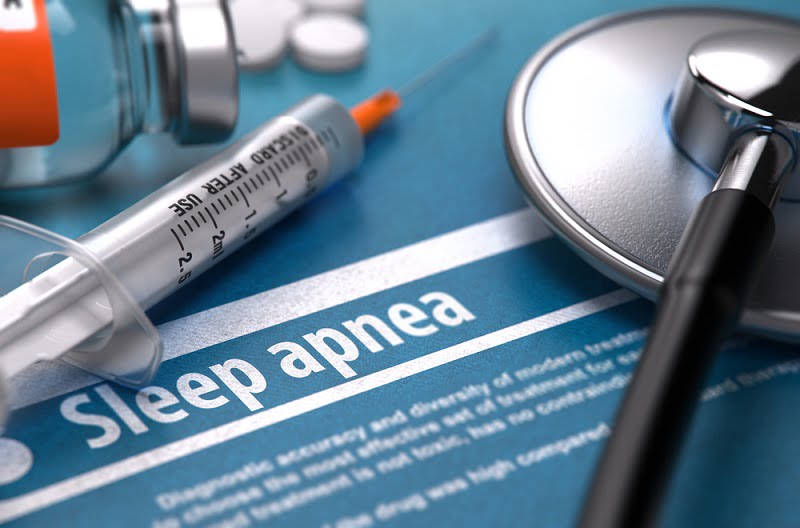We all love getting a good night’s sleep, but not everyone can manage it. Sleep disorders are a growing problem for millions of Americans every year — and a lack of sleep can be both dangerous and detrimental to their health. Estimates say more than 40,000 accidents and crashes every year are related to sleep deprivation. Driving your car on 24 hours of no sleep is equivalent to driving with a 0.10 blood alcohol level — well above the legal limit in most states.
Thankfully, advancing technology is changing the way we can treat sleep disorders. What changes can we look forward to in the future?
Common Sleep Disorders
You’re probably more familiar with sleep disorders than you think, especially if you sleep with a partner who tends to snore. Snoring is one of the most common sleep disorders, and it’s one of the only ones that doesn’t indicate any other significant health problems. In some people, though, it can develop into more complicated problems, including:
- Upper airway resistance syndrome — Similar to sleep apnea — which we’ll discuss in a moment — UARS is the midpoint between snoring and full-blown apnea. Its indications include narrowed breathing passageways and chronic insomnia.
- Sleep apnea — This condition can cause you to have shallow breathing while asleep or even to stop breathing altogether. The main symptom of sleep apnea is snoring, but you may also experience sudden waking where you feel like you’re choking or gasping for air. It also contributes to waking up feeling exhausted, because you are waking up partially throughout the night.
- Bruxism — This is just the scientific name for grinding your teeth, which can contribute to insomnia, jaw pain and tooth damage.
- Temporomandibular joint disorder — This is a problem in one of the two joints that attach your lower jaw to the rest of your skull. Grinding your teeth can cause this problem, as well as other unrelated causes.

Sleep disorders will vary from person to person. It’s important to talk with your doctor if you’re having trouble sleeping to see what treatment options might be available to you.
Advancing Treatment Options
Most sleep disorders are diagnosed via an in-office sleep study. Essentially, the patient is hooked up to monitors that keep track of breathing, heart rate and sleep quality, and they must sleep in the office. It’s not comfortable, and can make accurate diagnosis difficult if patients can’t sleep well outside of their own homes or beds.
As technology advances, so to do the treatments for sleep disorders. What advancing technologies have changed the way we look at sleep disorder treatment?
First, at-home sleep monitors can help improve sleep quality for patients who prefer to stay home. Their usefulness varies, but most can help you improve your sleep quality by monitoring everything from your heart and breathing rate to the amount of time you spend moving during the night.
Wearable technology is also useful. Wearable devices are unobtrusive, can be worn constantly and can provide information on sleep quality, time spent sleeping and even heart rate, all without worrying about the inconvenience of a traditional sleep study.
Implantable technology is a new option that is just starting to make its way onto the market, despite being approved by the FDA in 2014. This device works like a defibrillator. Doctors implant it in the chest, with electrical leads implanted in the throat. If the device detects the patient’s breathing patterns have changed, it can deliver a low electrical current to keep the airways open to allow for unobstructed sleep.
You can even monitor your sleep health with your smartphone. There are apps, both free and available with monthly subscriptions, that allow you to track your health by letting the app know you’re going to sleep, and keeping your phone on your bed. It tracks your sleep based on your nighttime movements.
There are even some technologies that allow monitoring in the comfort of your home. WatchPAT is a hybrid diagnostic tool that is comfortable to wear and can transmit the collected data directly to the patient’s medical provider, allowing them to make a diagnosis without the need for a traditional sleep study. It allows for more accurate diagnosis of sleep apnea because patients can sleep comfortably in their own beds while the app gathers information.
Sleep disorders are dangerous if left untreated. Thankfully, there are a lot of options other than a loud and awkward CPAP machine for treatment. If you’re having trouble sleeping, talk to you doctor to see what treatment options are best for you. Sleep problems can endanger your health and the people around you if you operate a vehicle or heavy machinery. This is one case where it’s definitely better to be safe and to talk to your doctor.